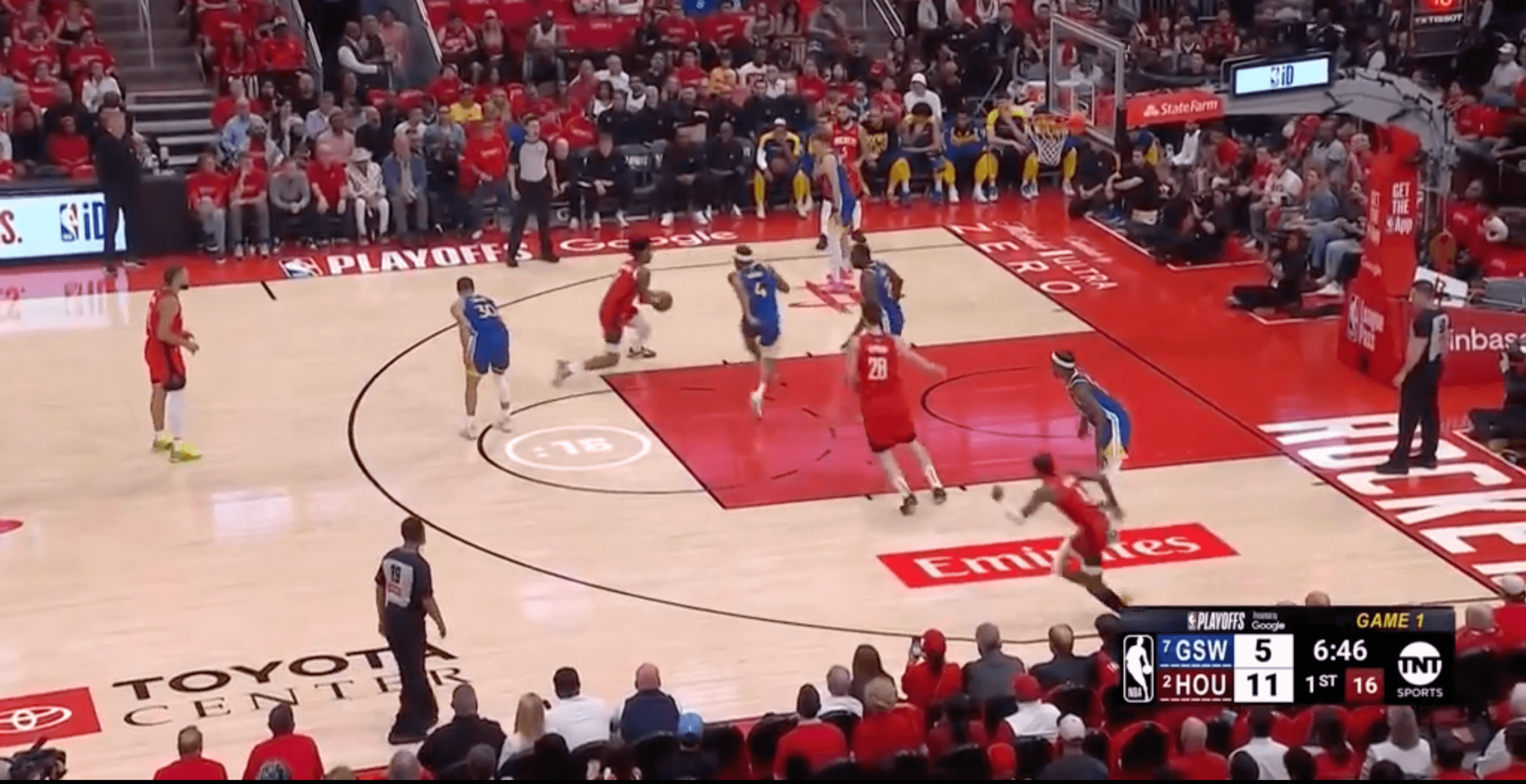
In Game 1, Houston’s starters — Fred VanVleet, Jalen Green, Amen Thompson, Dillon Brooks and Alperen Şengün — played 14 minutes together, a little over a quarter. Their second-most used group (swapping Thompson for Jabari Smith Jr.) played nine minutes less.
During that span, their bleak 112.0 offensive rating and their minus-8.0 net rating were comparable to their overall regular-season performance. For reference, the 24-win Philadelphia 76ers finished with an offensive rating of 111.9, 22nd in the NBA.
Advertisement
Heading into Game 2, with the Warriors confident and threatening to take a commanding 2-0 lead on the road, the Rockets will need a counterpunch. Head coach Ime Udoka has been in enough battles with Steve Kerr to know the difficulties of this matchup, and one theme emerged in Game 1 that should be explored more. Thompson, particularly as his usage is concerned and how he can alleviate pressure, could be the tweak Houston needs. I presented this possibility to VanVleet on Tuesday, following practice.
“Absolutely,” VanVleet said. “Again, this is a chess match and there are different things happening throughout the game. (The Warriors) switch matchups quite a bit, so there were some things we saw in the second half with Amen getting downhill. It’s a lot going on out there, hard to get everything right, but there were some things. He’s been such a huge part for us all year and we’re going to need him to be big in this series. Expect to see more of that in Game 2.”
Thompson appeared in all five of Houston’s regular-season meetings with Golden State, registering a usage rating of 19.1 according to NBA.com tracking data, fifth among players who played 10 minutes or more (Jock Landale’s usage rating was slightly higher, 19.3).
The stark contrast between Thompson’s involvement and that of the likes of Green (24.6 usage rating) and Şengün (28.8) is an issue in itself, and likely one of the reasons why the Rockets lost three out of five contests. Game 1 was no different, with Thompson’s 16.1 usage rating way off from Green’s at 23.3 and Şengün’s at 27.8.
So why is this important? It’s clear from the meetings between the teams this season that Golden State’s priority is pressuring Green when the ball is in his hands and collapsing in the paint — or at least showing help — when Şengün is at the elbows. But in the same manner as the Warriors have sought to exploit matchups, the Rockets can be positioned to do the same, even if it’s to a lesser degree.
Advertisement
Assuming Udoka doesn’t play Cam Whitmore much in this series, Thompson is Houston’s most physical driving force, pound for pound. Putting the ball in Thompson’s hands and encouraging him to attack the core of the Warriors’ defense is intriguing.
As we’ve mentioned before, the Rockets aren’t the traditional “drive-and-kick” team that analytics loves, but Thompson’s downhill gravity is real. According to Synergy, Thompson logged 6.3 drives per game, scoring 1.111 points per chance on drives to his left and 1.00 points per chance on drives to his right. The numbers are even more advantageous when Thompson doesn’t look to create for himself and becomes an offensive hub — Houston scores a whopping 1.46 points (87th percentile) on passes out of left-sided drives and an impressive 1.21 points on right-sided drives.
The math makes sense. Of course, Thompson’s drives and the efficiency of such depend on other factors like spacing (Şengün’s positioning immediately comes to mind) and Houston’s shotmaking ability, but there are capable 3-point shooters on the roster. VanVleet, as streaky of a shooter as he can be, converted 37.8 percent of his catch-and-shoot 3s. Green and Brooks shot 40.9 percent from distance.
The below late-game possession exemplifies Thompson’s importance. VanVleet, pressured by Brandin Podziemski, is attempting to set up a crucial half-court play against a stingy Warriors defense that toggled back and forth between multiple zone schemes and aggressive man-to-man. In some instances, when Thompson sprints up to the top of the key to set a flare screen on VanVleet, the defense would react accordingly. But this is a play designed to get Thompson attacking the paint with two of Houston’s best shooters, Brooks and VanVleet, on the weakside. Say what you will about Thompson’s lack of a consistent jumper, but gravity exists in more ways than just the best shooters. He’s able to draw in multiple defenders and the Rockets trust his arm strength to find a wide-open spacer.
Per Synergy, the majority of Thompson’s passes out of drives result in 3-point looks — 1.39 points per possession on left-sided passes and 1.36 on right-sided ones, good for the 76th and 80th percentile, respectively. Houston shot an abysmal 20.7 percent from distance in Game 1, but all creation isn’t equal.
Advertisement
Udoka can get creative in Game 2 with more half-court sets like this, utilizing VanVleet and Thompson. The crux of this possession is the inverse of the previous play, Thompson as the initial ballhandler and VanVleet running off a double drag. Again, you can see Golden State making a concerted effort to keep its man-to-man matchups the same — Moses Moody on Thompson, Podziemski on VanVleet. The Warriors’ defense smartly backs up, daring Thompson to shoot but that gives more of an onus for the second-year forward to drive, drawing contact and finding another shooter.
The benefits of putting the ball in Thompson’s hands aren’t strictly limited to perimeter creation, either. As long as Houston’s spacing is adequate, positive results will follow. Here, the Rockets have both corners filled and Brooks stationed well beyond the 3-point line. While it’s unrealistic to assume Brooks will get the ball — or even shoot it from that far — Şengün is well-positioned for a floater. Şengün finished Game 1 leading the team in scoring on an efficient 11-of-18 night.

Thompson finished with six assists in Game 1, more than any player on either team not named Şengün. If the Rockets hope to even the series, he’ll need to be more than just a role player filling in the gaps left by his teammates. The more assertive Thompson is, the better his teammates will be able to respond in a half-court setup.
“Come on, Kelly,” VanVleet said, with a smirk as he concluded his media availability. “Can’t give my game plan up, bro!”
(Photo of Houston’s Amen Thompson: Alex Slitz/Getty Images)
This news was originally published on this post .




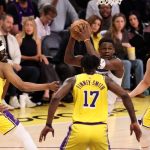
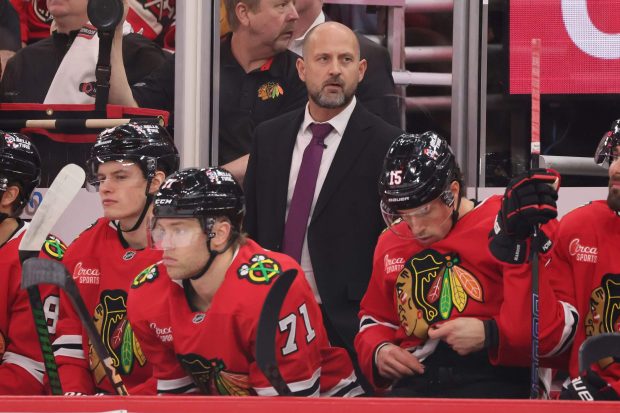
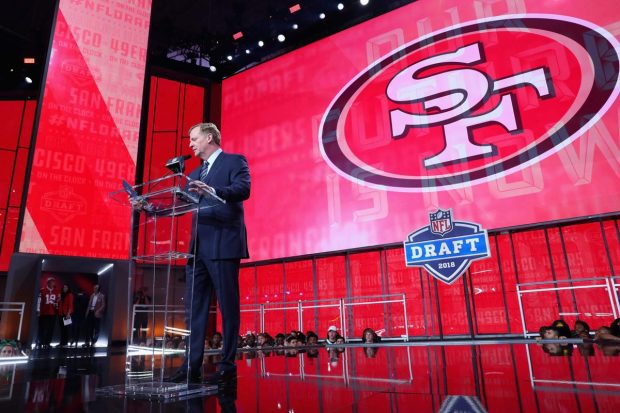
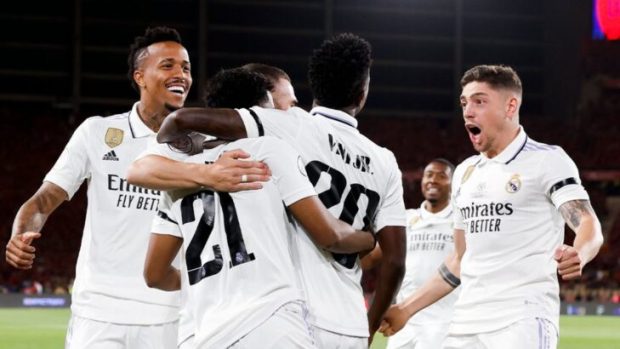
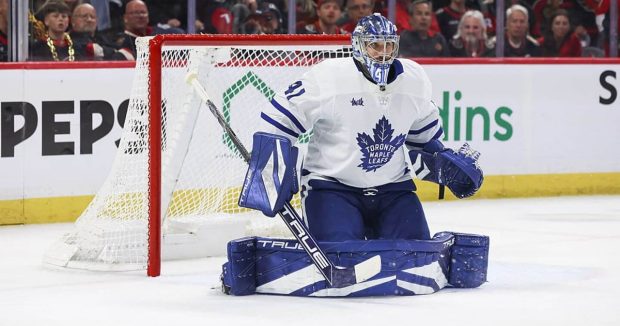
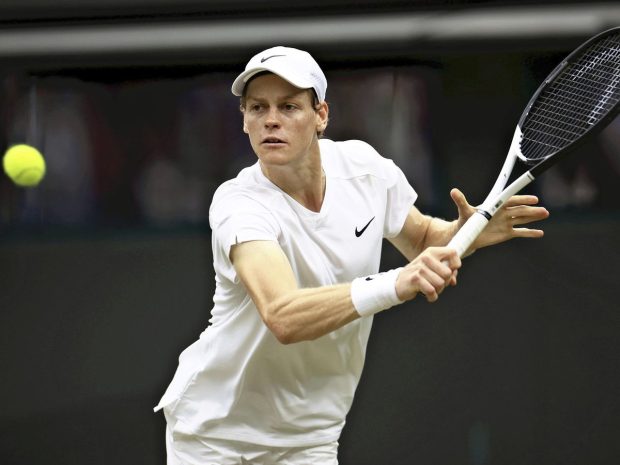
Be the first to leave a comment